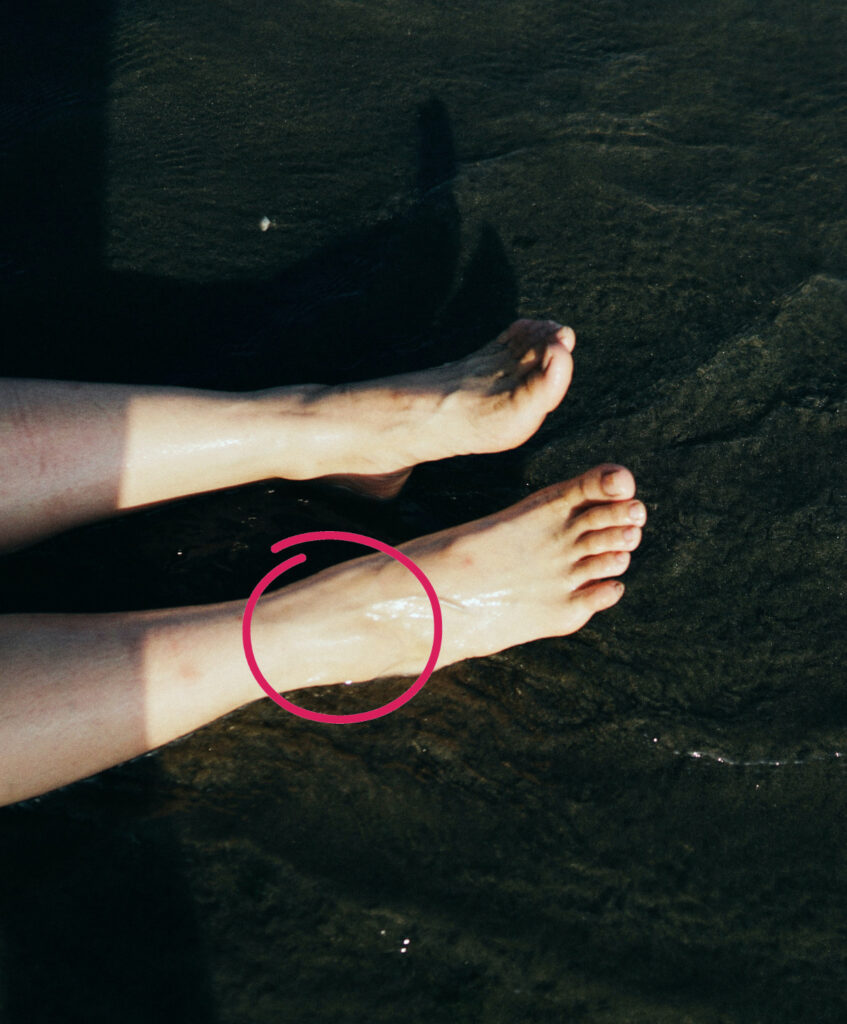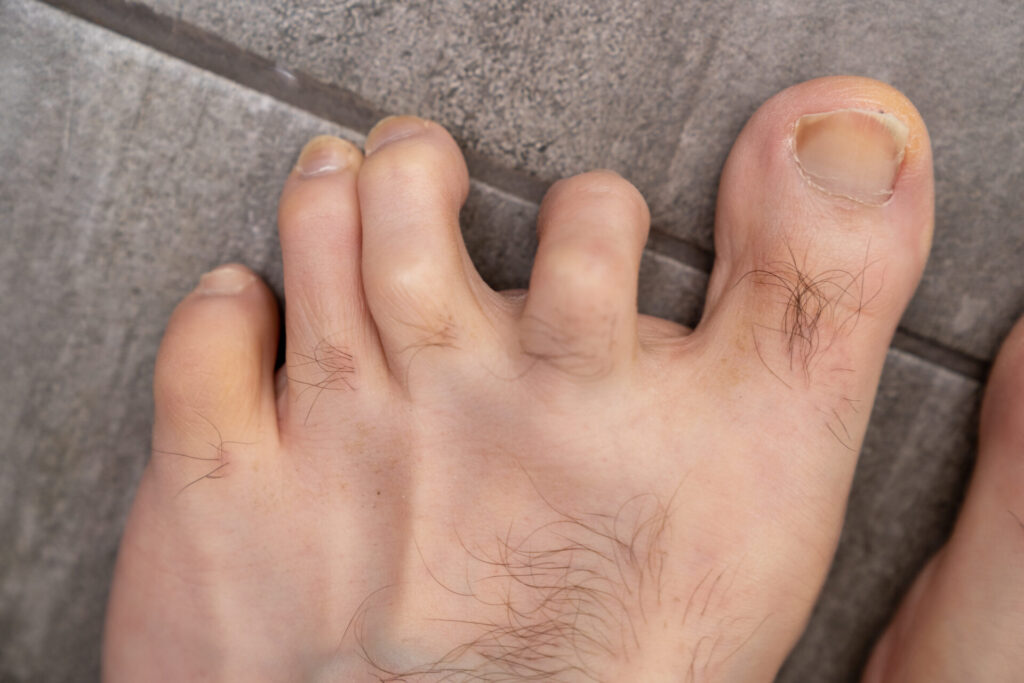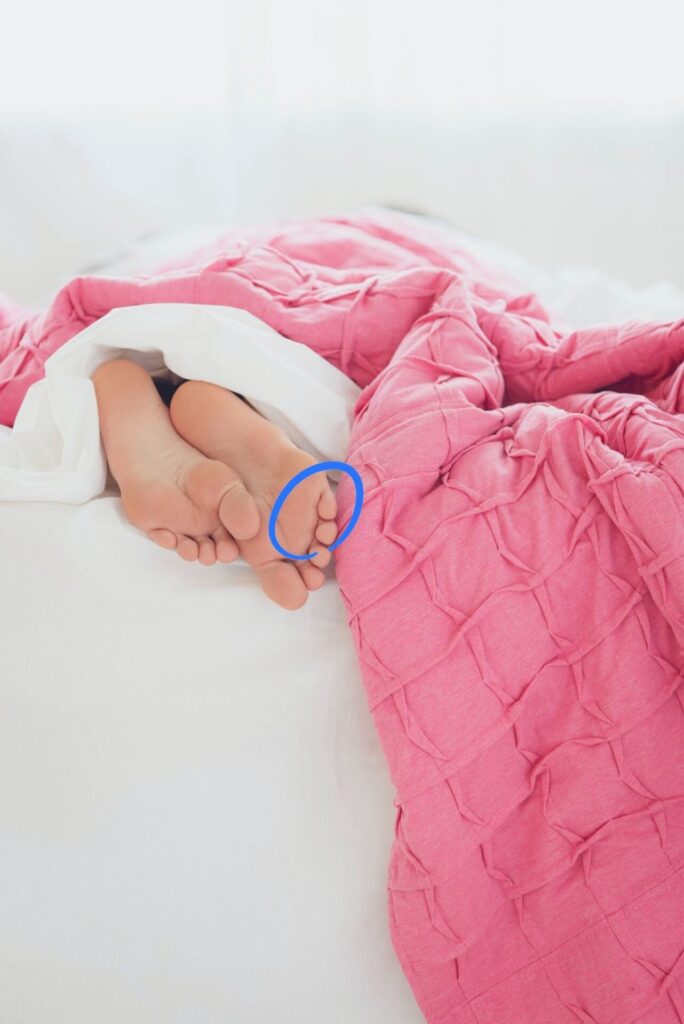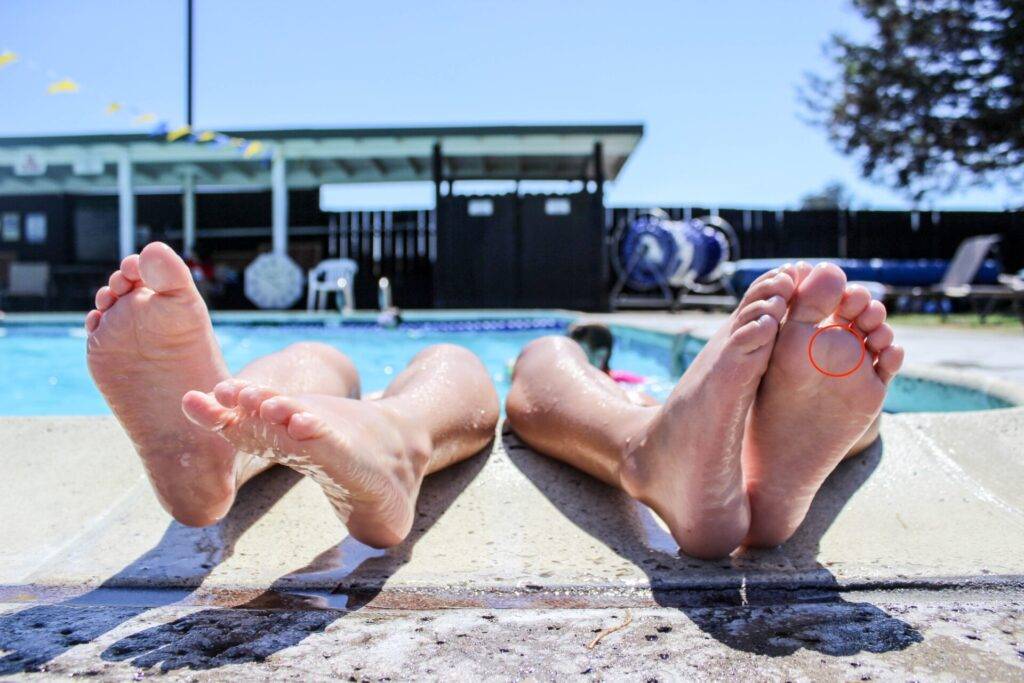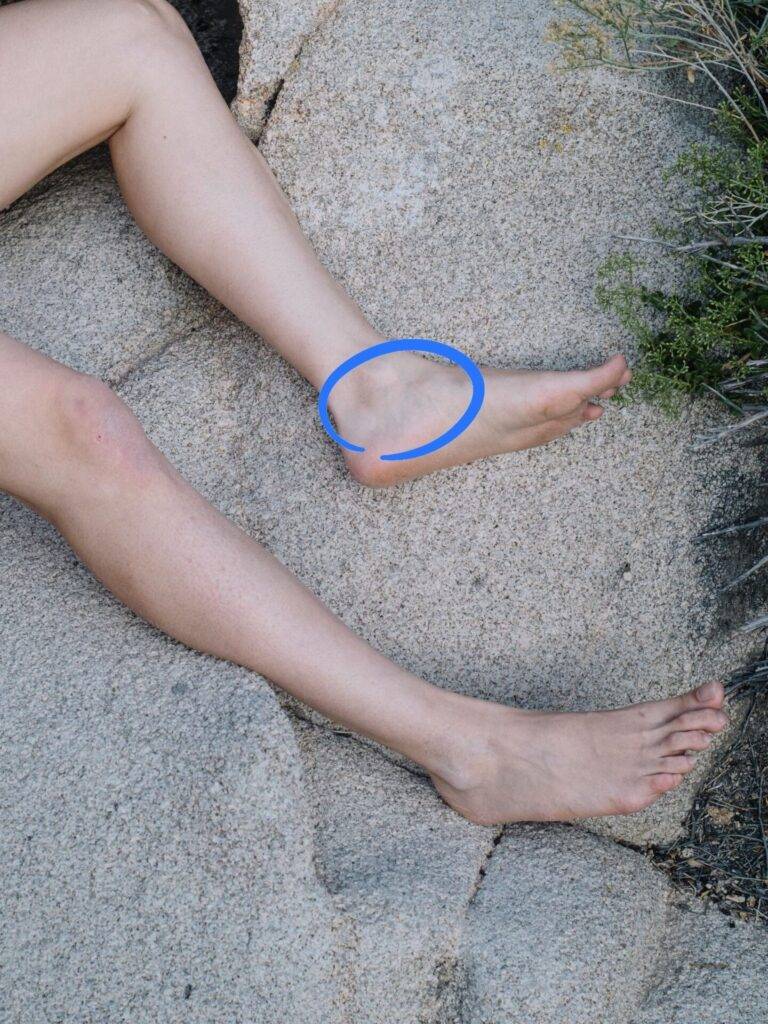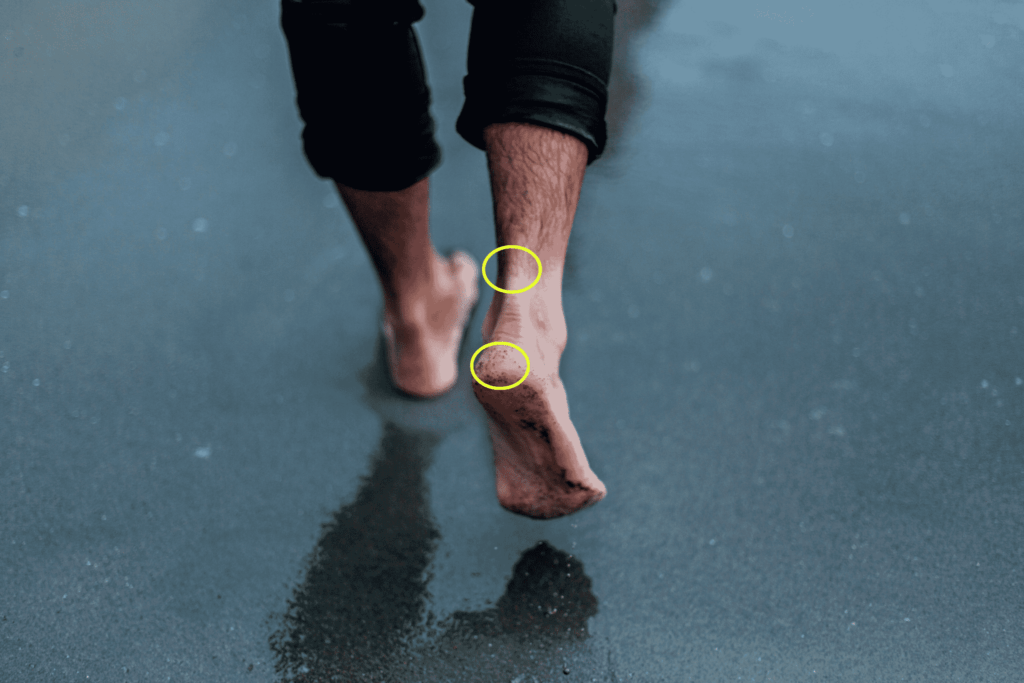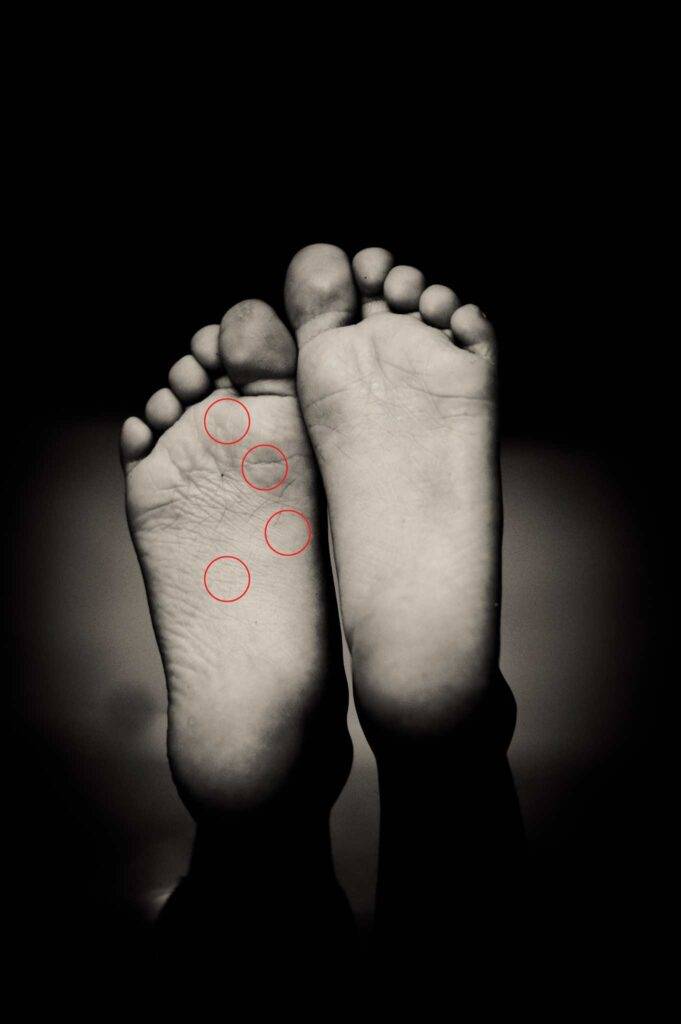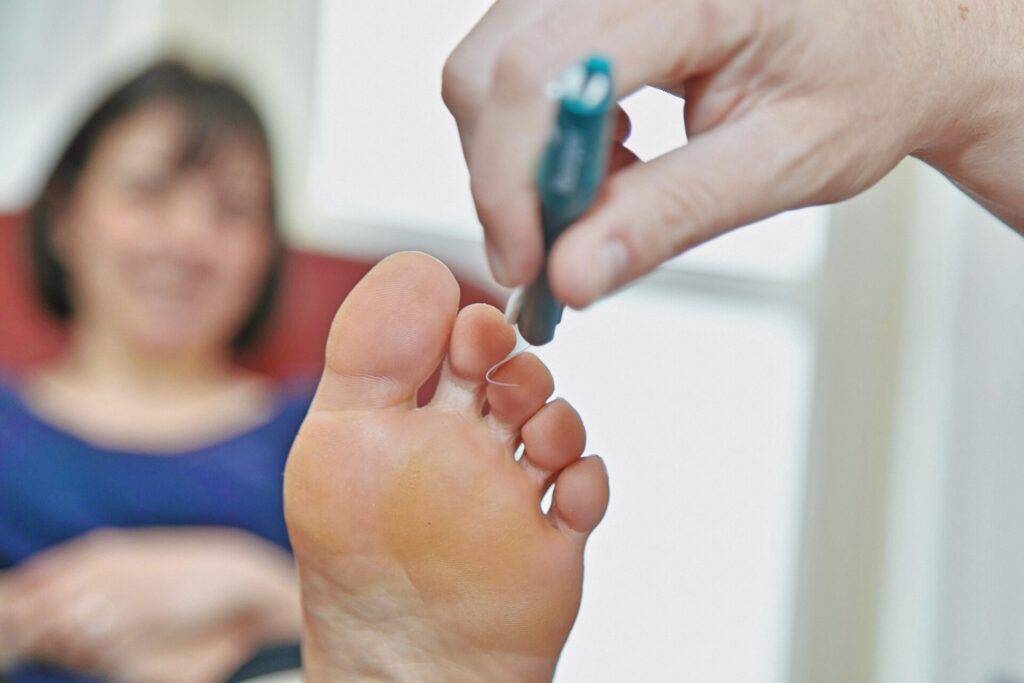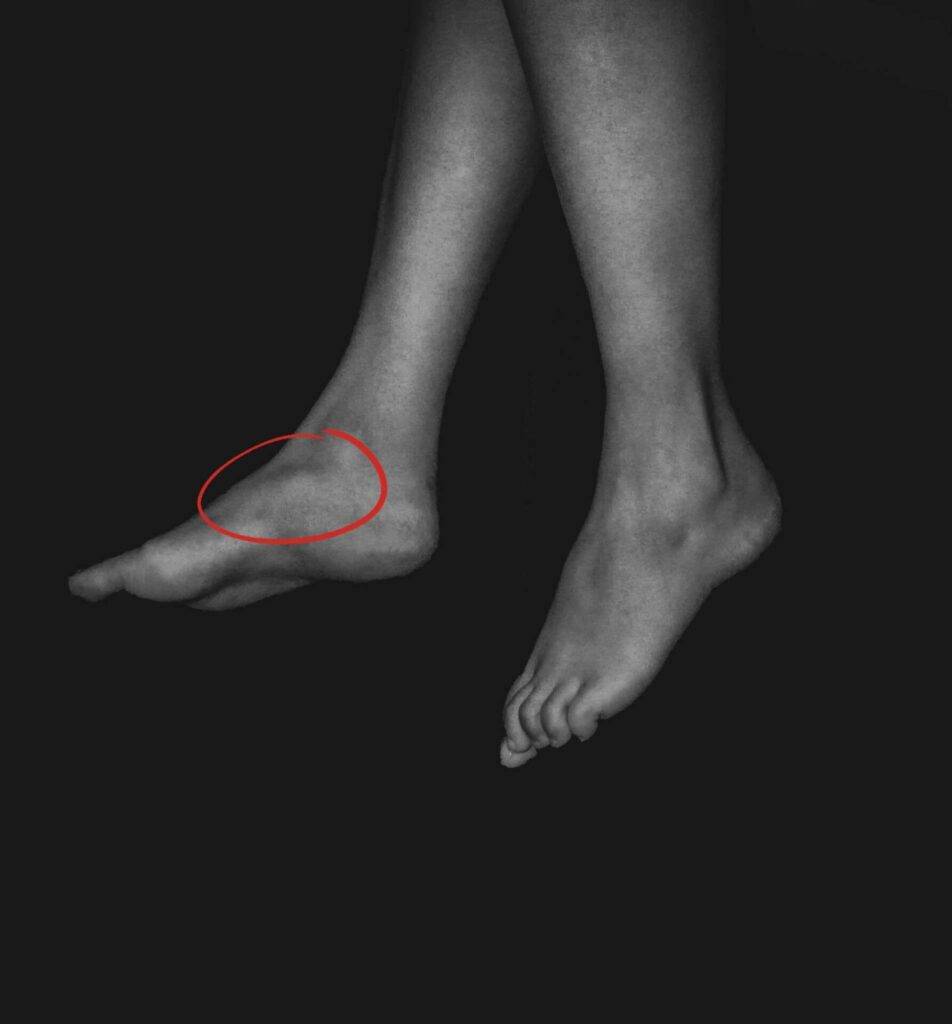Mueller Weiss Syndrome
What is Mueller Weiss Syndrome? Learn more about its Causes and Treatment Mueller Weiss Syndrome (also known as Brailsford disease) pertains to the voluntary osteonecrosis of the tarsal navicular bone in adults, which presents in the form of chronic medial pain of the midfoot or hindfoot, due to medial protrusion of the talar head. […]
Mueller Weiss Syndrome Read More »

